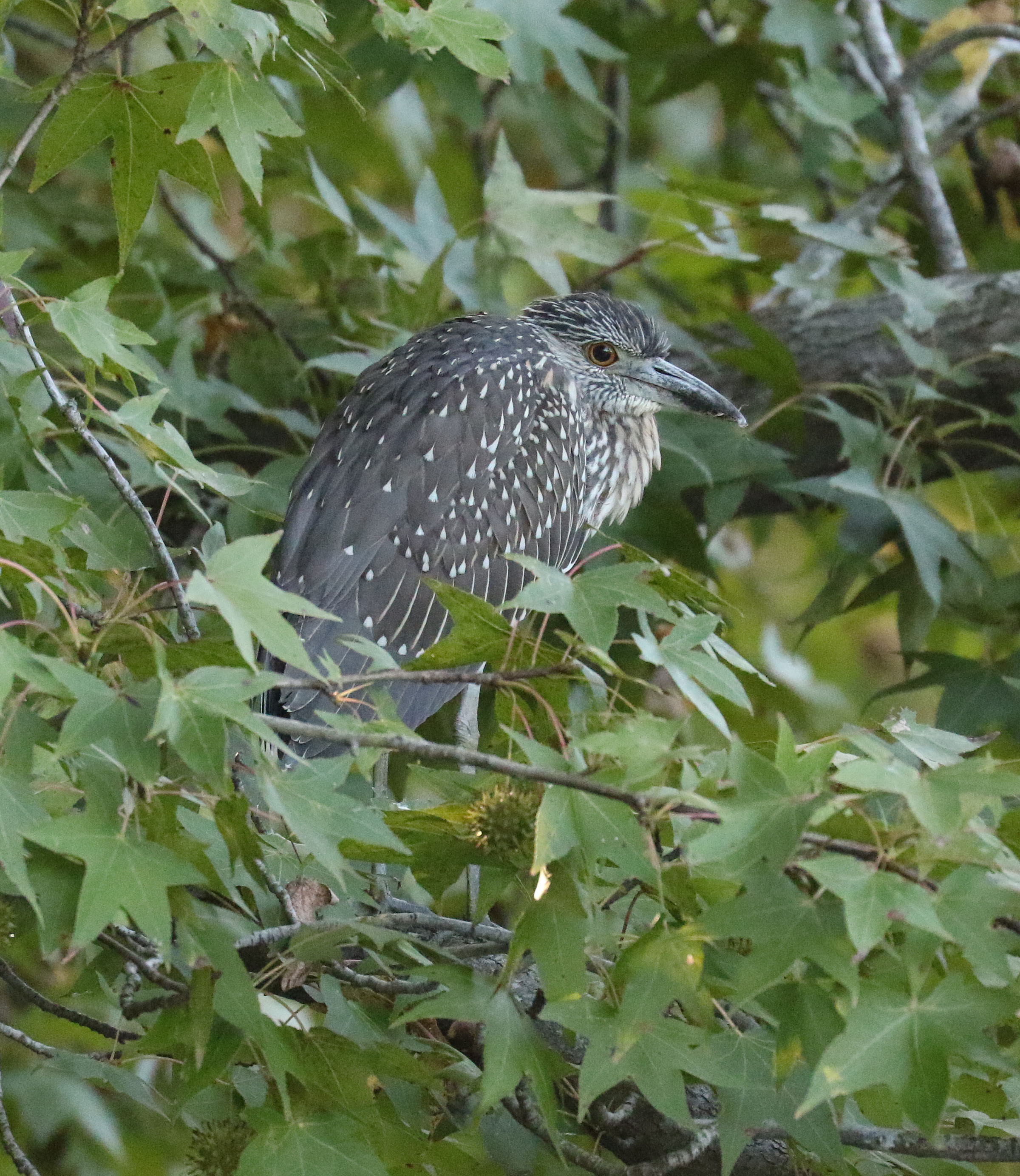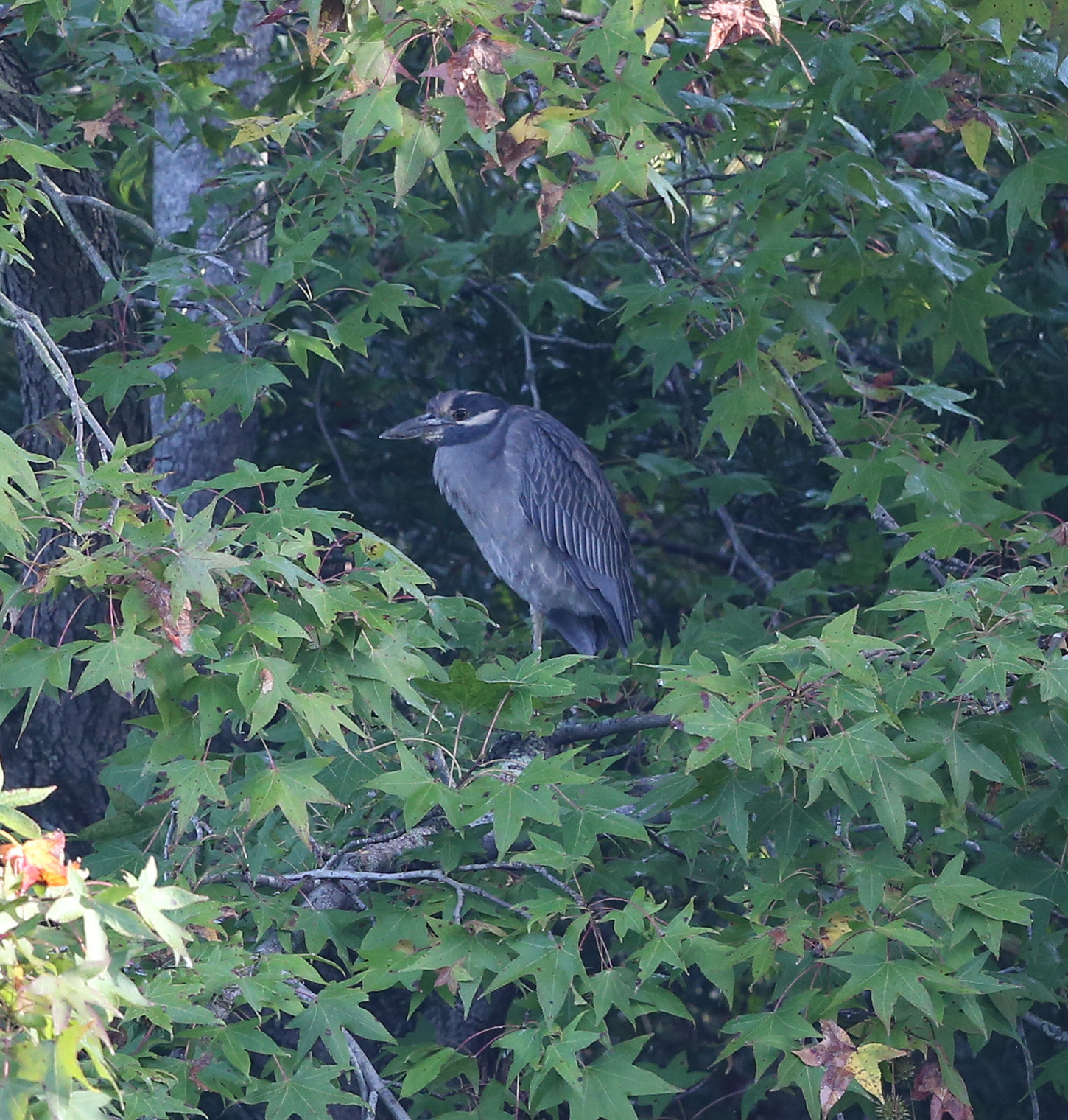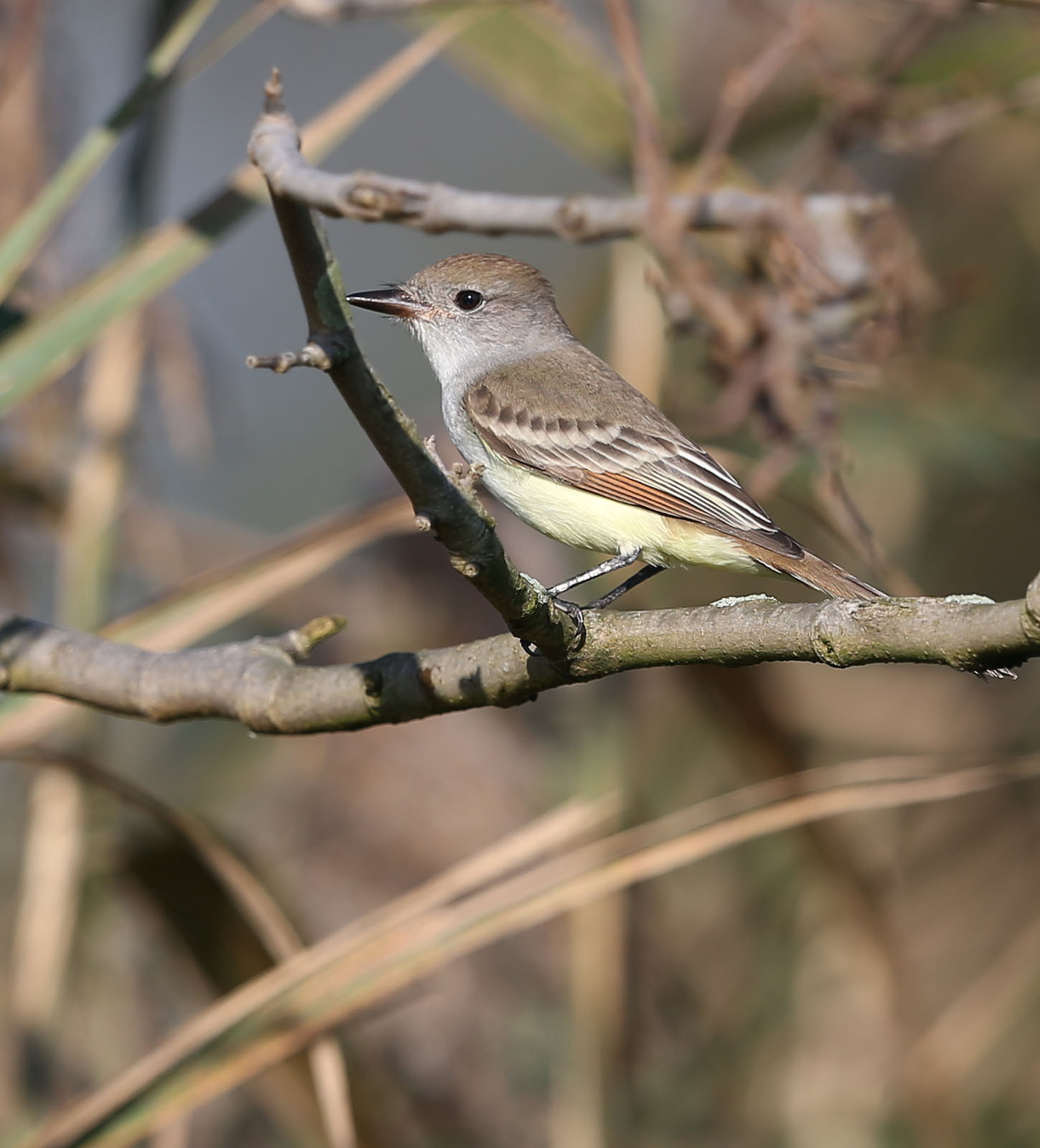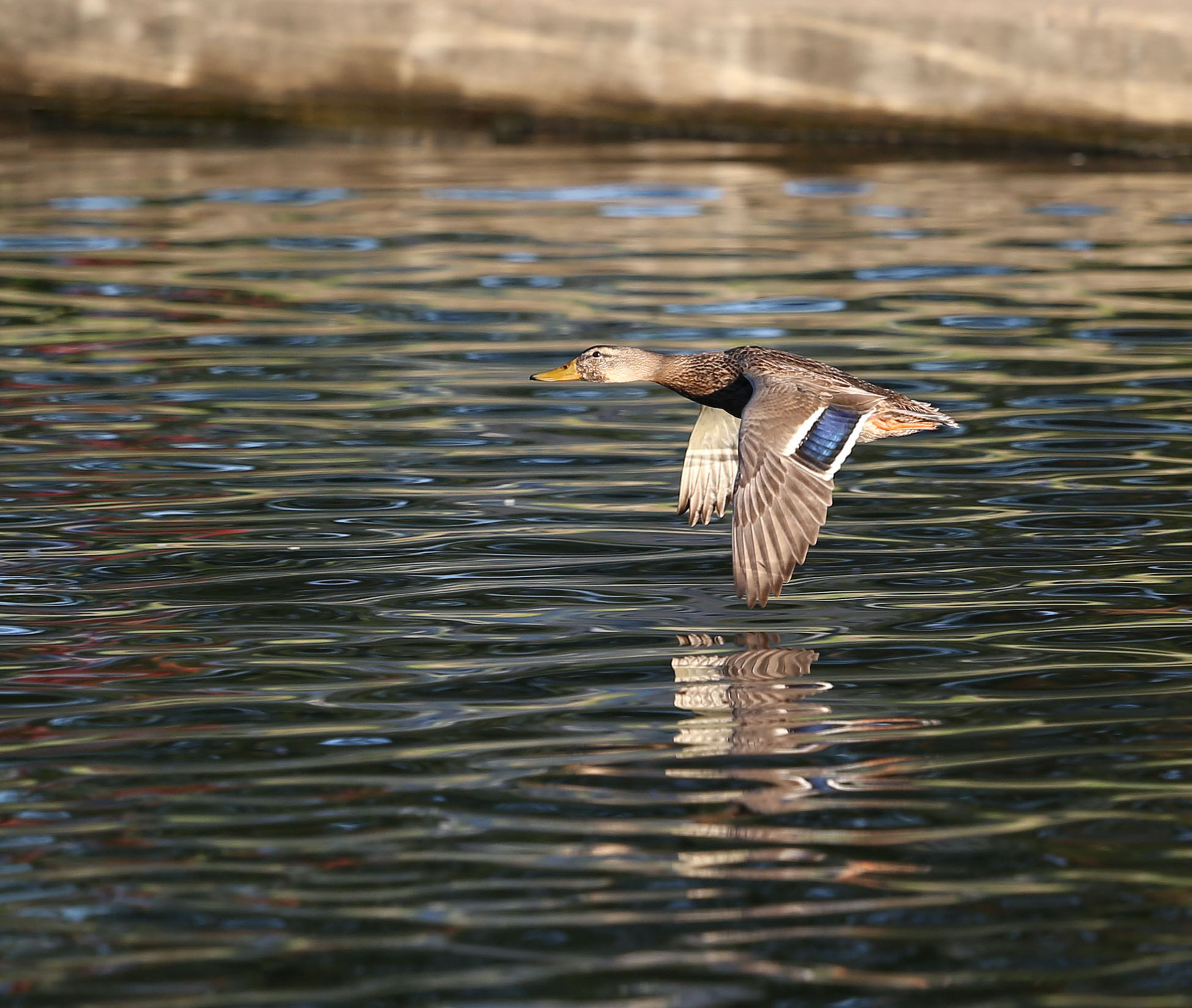You know it’s getting later in the fall when Yellow-crowned Night Herons have left the Mid-Atlantic, Red-tailed Hawk numbers are peaking at Cape May, and neighbors are soliciting fellow neighbors for unwanted pumpkins.
An immature YCNH hung on in Chesapeake, VA until the end of October. Pardon me for using the alpha code there, but it’s so much easier. As for Red-tailed Hawks—they’re permanent residents here. But some that breed farther north do head south for a season. Lastly, what on earth do people do with unwanted pumpkins?
Speaking of Red-tailed Hawks—I love this tip from the Cornell Lab of Ornithology: “The best way to find a Red-tailed Hawk is to go for a drive.” There’s no more common bird of prey in the U.S. than the Red-tailed. And a car ride, especially along an interstate, will always turn a few up.
Here’s the immature YCNH.

An adult YCNH hung on, too. Whenever I’d leave home in the morning to track it down and photograph it, it would always be in the same spot. It seemed reluctant to leave. I was beginning to wonder if it weren’t stuffed.

It departed about the same time as the immature.
Here’s the same bird a month or 2 earlier. It was closer, out on a limb, and in much better light. It also seemed more vibrant.

It’s amazing the power of light to transform.
Ash-throated Flycatcher
I’m reminded of the photos of the Ash-throated Flycatcher in “Fieldcraft, Part Two.” Here again is the first one.

If I could have anticipated this shot, I would have brought along some pruning shears and trimmed off the branchlet that sticks out in the direction of the camera. I also would have cleaned up the background. Then again, I like photos that capture reality, including those that capture the complexity of nature.
Light Made the Photos
Light made the photo of the Ash-throated, from the bird’s “subtle hues” and feather detail to the catchlight in the bird’s eye. Gear, camera settings, technique—and fieldcraft—are all important. But nothing is more important than the angle and quality of light. I made that point in a conversation with a reader who had responded to the photo. I’m “DRG” in the exchange.
SR: “Absolutely gorgeous! What lens are you using David?”
DRG: “Canon 500mm f/4 II. Great lens. Often with a 1.4x III extender, but this a.m., without.”
SR: “Canon body?”
DRG: “Canon 1D X. But as important as the gear was, it was the planning, my position in the field, and the morning light behind me that really made the shot.”
SR responded to the photo by focusing on my gear. I answered by making a statement about planning, position, and light. I placed “light” last for emphasis.
It was those, but especially light, that made this “GBHE” photo.

And it was those, but especially light, that made this Mallard photo, too.

The photo received honorable mention in a local photo calendar contest. I only say that to say that the judges who rated it also recognized the importance of light.
And This Just In
I took all the photos above, except for the one of the Ash-throated, at an 11-acre city park. There’s no better place to practice your photography skills, or even capture an award-winner, than a city park. Make sure you find one with water; you’ll find many more birds.
Quip, Question, Quote
“It’s not simply a question of using the correct exposure settings. It’s much, much more than this. Light is fundamental to composition, it adds warmth or coldness, it creates shadows and depth and gives colour it’s magic.” (Unknown)
Light is “photography’s most important commodity.”
Thanks so much for reading. Please consider leaving a comment below. I respond to every one.
Okay but what camera did you use? (Kidding!) Looks great! No matter how fancy the camera, you can’t get a good photo without good light.
LikeLike
Agreed! Light makes it all possible.
LikeLike
What is the name of the park?
LikeLike
Dave, Great question. Lakeside Park in Chesapeake, VA, the site of the famous Green Heron colonial nesting site. FYI, this is a “general interest” bird blog that now goes out to a number of states. So I don’t always name specific locations like the park.
LikeLike
I love birding just north of you on eastern shore VA. I live in PA, but was introduced to that area of VA through the Marine Science Consortium and then by working on substations throughout the area. Gannets along the bridge-tunnel are a spectacular site!
LikeLike
The Eastern shore is a special place, no question. Glad to have you as a reader.
LikeLike
When I get this blog post, I always look forward to your pictures and advice. Wonderful pictures.
LikeLike
Thanks, Mary Ann. And glad you find the information helpful.
LikeLike
Beautiful bird photos, Dave! You are braver than I. I just use the “epidonax flycatcher” moniker. I usually am not confident enough to ID which species I am seeing. There used to be a YCNH rookery about a mile from our house. Sadly, they abandoned it but I used to love to visit to see the adults and immature night herons.
LikeLike
Thanks, Laurie. Glad you liked the photos. Do you know what happened to the rookery?
LikeLike
Nice blog
LikeLike
Thanks so much. Glad you enjoyed it.
LikeLike